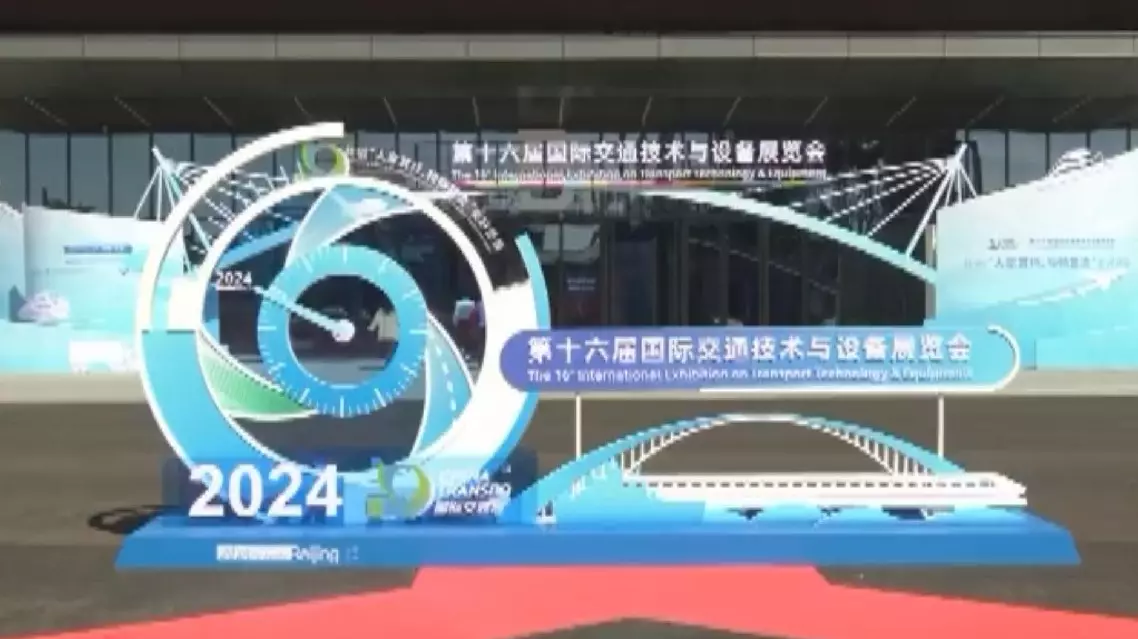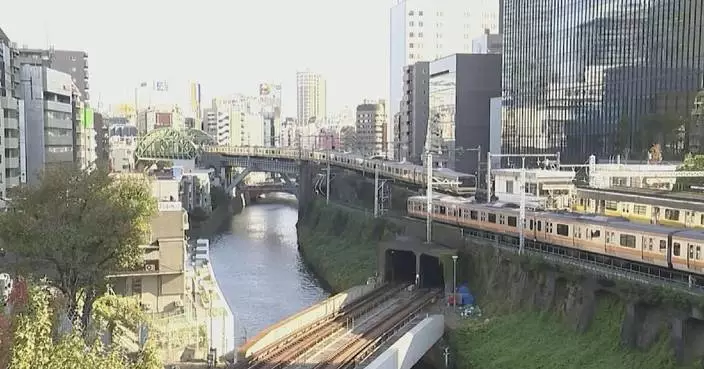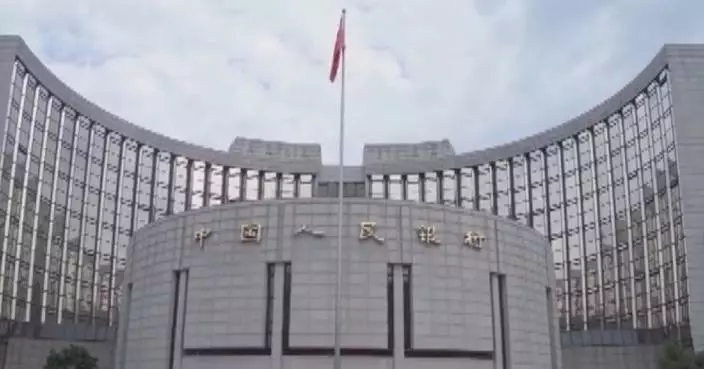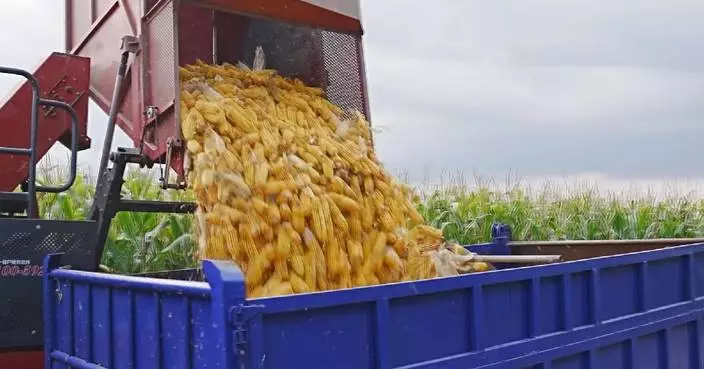Lunar samples from the moon's far side, brought back by China's Chang'e-6 mission in late June, are now being repackaged and strictly classified and stored for future study, according to the National Astronomical Observatory of Chinese Academy of Sciences.
Liu Jianjun, deputy chief commander of the Chang'e-6 mission's ground application system, said that at present, the surface samples have largely been separated and packaged. The processing of the samples of deep soil is more complex and is expected to take an additional one to two months.
Liu noted that during the repackaging process, they observed that the lunar samples returned by Chang'e-6 contain more rock fragments compared to those from Chang'e-5. Preliminary assessments suggest this may be due to Chang'e-6's sampling location being on the edge of an impact crater, which is related to the ejected particles produced by the impact.
Additionally, lunar samples collected by Chang'e-6 contain more minerals than the samples brought back by Chang'e-5. Overall, the quality of the samples is also finer, Liu said.
"One notable difference between samples brought back by Chang'e-5 and Chang'e-6, based on results observed under a microscope, is that the samples brought back by Chang'e-6 have two distinct clusters with different particle size: one with larger particles and another with smaller ones. In contrast, the samples collected by Chang'e-5 have uniform particle sizes. This discrepancy in particle distribution may indicate that the samples represent different sources," said the deputy chief commander.
In 2020, Chang'e-5 returned China's first batch of lunar samples, totaling 1,731 grams. This year, Chang'e-6 brought back the world's first samples from the far side of the Moon, totaling 1,935.3 grams. These samples are all stored in one room with high environmental requirements.
Zhou Qin, deputy chief designer of the Chang'e-6 mission's ground application system, said that the lunar samples are extremely precious, and to ensure their safety, the security design of the room is comparable to that of a bank vault, with the entire outer layer constructed of steel plates.
"The entire storage room is a class 1000 cleanroom, where all air entering the laboratory is filtered through air filters, similar to those in household purifiers. The air conditioning also maintains a constant temperature and humidity," said Zhou.
The Chang'e-6 probe was launched from the Wenchang Spacecraft Launch Site in south China's Hainan Province on May 3, 2024. It touched down on the far side of the moon on June 2. During its two-day stay, Chang'e-6 used a scoop and drill, collecting nearly 2 kilograms of lunar material. On June 25, its returner brought back the samples and made a landing in north China.
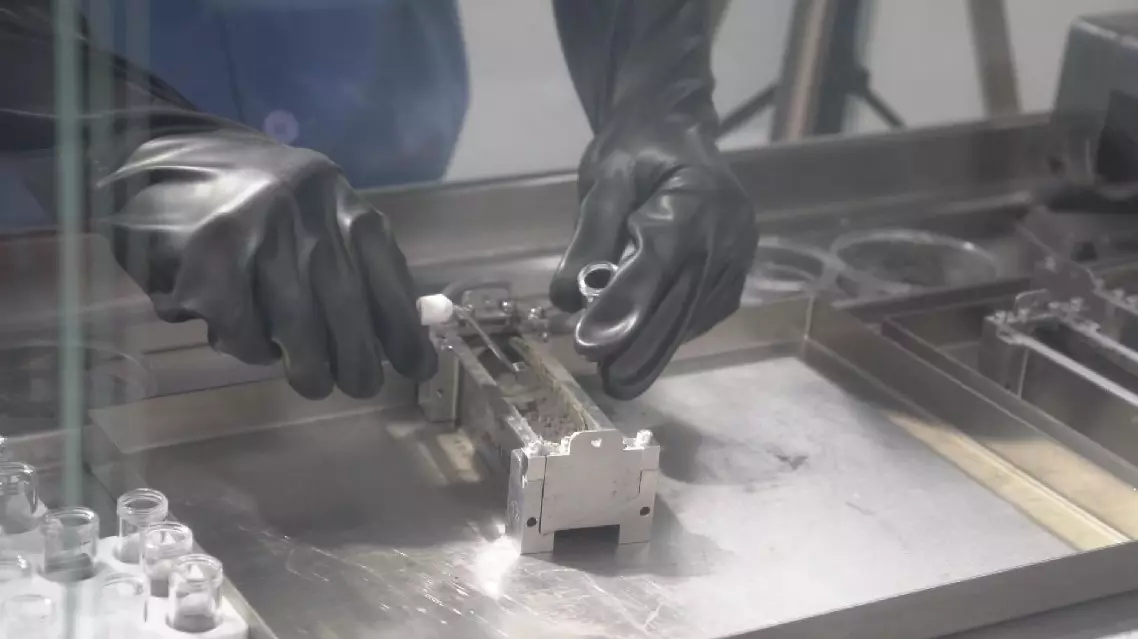
Lunar samples from Chang'e-6 mission being repackaged, strictly classified for storage


